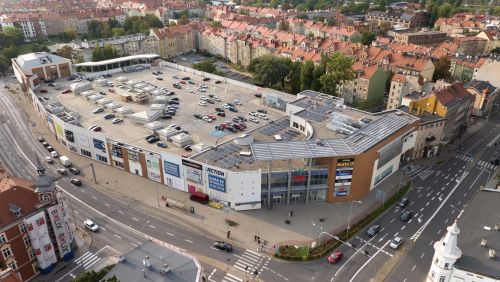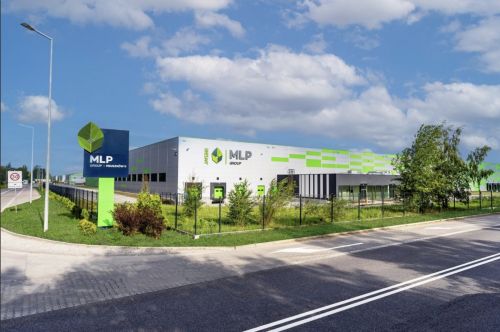PBSA, or purpose-built student accommodation, is still considered a modern alternative asset, but still there can be no doubt that it in Poland is sorely in need of further development. “One significant challenge facing Poland’s higher education system is the acute shortage of student housing. Currently, only about 9 pct of students can be accommodated in university dormitories, which are often outdated and in need of modernisation. There are only 444 such dormitories across the country, offering a total of 115,300 beds – far below the demand. The situation is further exacerbated by the limited capacity of private PBSA schemes, which currently provide just over 13,000 beds, covering only 1 pct of the student population. Even when combined with university dormitories, the available housing only meets the needs of about 10 pct of students,” admits Karolina Furmańska, an associate for the living department at Cushman & Wakefield.
She is not the only one to re































































